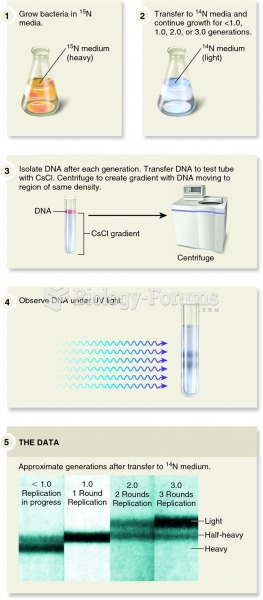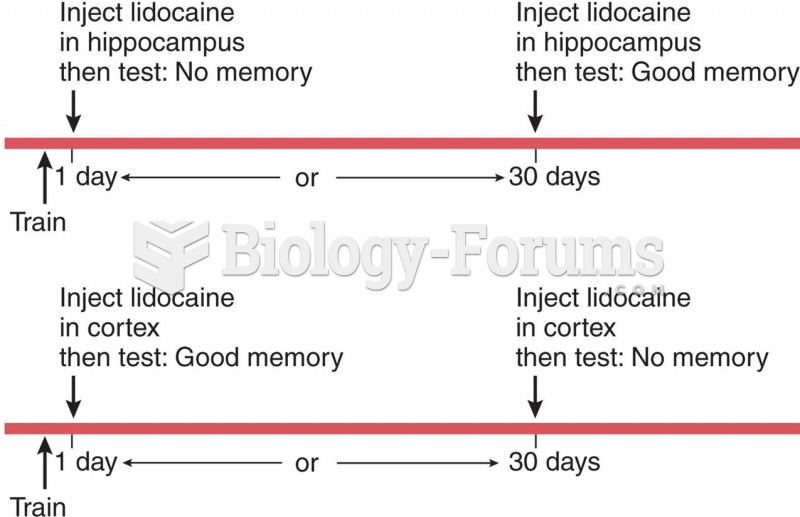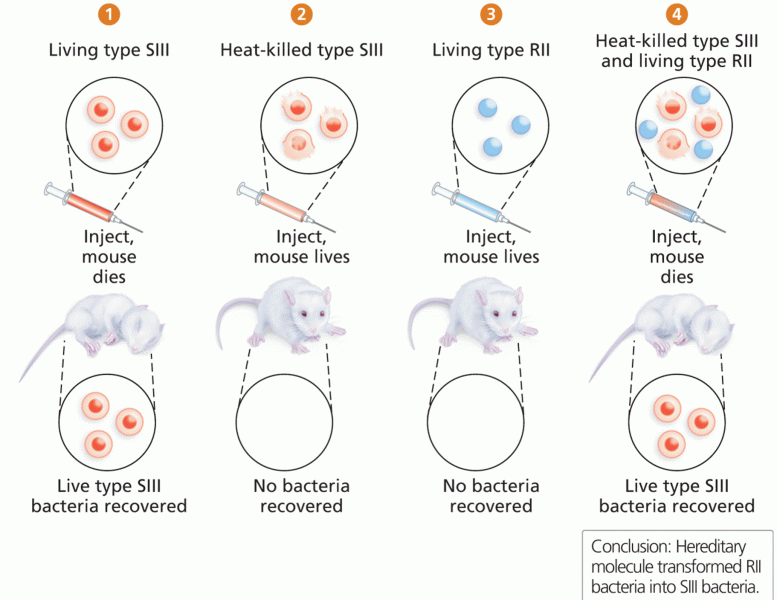Answer to Question 1
True
Answer to Question 2
Developing the Focus: The Method of Equal-Appearing Intervals starts like almost every other scaling methodwith the development of the focus for the scaling project. Because this is a unidimensional scaling method, you have to be able to assume that the concept you are trying to scale is reasonably thought of as one-dimensional. The description of this concept should be as clear as possible so that the person creating the statements has a clear idea of what you are trying to measure. We like to state the focus for a scaling project in the form of an open-ended statement to give to the people who will create the candidate statements. You want to be sure that everyone who is generating statements has some idea of what you are after in this focus command. You especially want to be sure that technical language and acronyms are spelled out and understood.
Generating Potential Scale Items: In this phase, you're ready to create statements. Who should create the statements for a scale? That depends. You might have experts who know something about the phenomenon you are studying. Since the people affected are likely to be experts about what they're experiencing, you might sample them to generate statements. For instance, if you are trying to create a scale for quality of life for people who have a certain type of health condition, you might want to ask them to create potential items. Finally, you can make up the items.
Obviously, each of these approaches has advantages and disadvantages, so in many situations you may want to use some or all of them. You want a large set of candidate statements, usually as many as 80100, because you are going to select your final scale items from this pool. You also want to be sure that all of the statements are worded similarlythat they don't differ in grammar or structure. For instance, you might want them each to be worded as a statement with which respondents agree or disagree. You don't want some of them to be statements while others are questions.
Rating the Scale Items: So now you have a set of items or statements. The next step is to have a group of people called judges rate each statement on a 1-to-11 scale in terms of how much each statement indicates a favorable attitude toward the construct of interest. Pay close attention here You don't want the judges to tell you what their attitudes on the statements are, or whether they would agree with the statements. You want them to rate the favorableness of each statement in terms of the construct you are trying to measure, where 1 = extremely unfavorable attitude toward the construct and 11 = extremely favorable attitude toward the construct.
Computing Scale Score Values for Each Item: The next step is to analyze the rating data. For each item or statement, you need to compute the median and the interquartile range. The median is the value above and below which 50 percent of the ratings fall. The first quartile (Q1) is the value below which 25 percent of the cases fall and above which 75 percent of the cases fallin other words, the 25th percentile. The median is the 50th percentile. The third quartile, Q3, is the 75th percentile. The interquartile range is the difference between the third and first quartile, or Q3Q1.
Selecting the Final Scale Items: Now you have to select the final statements for your scale. You should select statements that are at equal intervals across the range of medians. Ideally, one statement would be selected for each of the eleven median values. Within each value, you should try to select the statement that has the smallest interquartile range (the statement with the least amount of variability across judges). You don't want the statistical analysis to be the only deciding factor here. Look over the candidate statements at each level and select the statement that makes the most sense. If you find that the best statistical choice is a confusing statement, select the next-best choice.
Administering the Scale: You now have a scalea yardstick you can use for measuring the construct of interest. Each of your final scale items has a scale scorethe median value. And the item scores should range across the spectrum of potential attitudes or beliefs on this construct (because you selected items from across the median range). You can now give the final set of items to respondents and ask them to agree or disagree with each statement. To get an individual's final scale score, average only the scale scores of all the items that person agreed with. When you average the scale items for the statements with which the respondent agreed, you get an average score that has to range between 1 and 11 . If they agreed with scale items that were low in favorableness to the construct, then the average of the items they agreed to should be low. If they agreed with items that your judges had said were highly favorable to the construct, then their final score will be on the higher end of the scale







